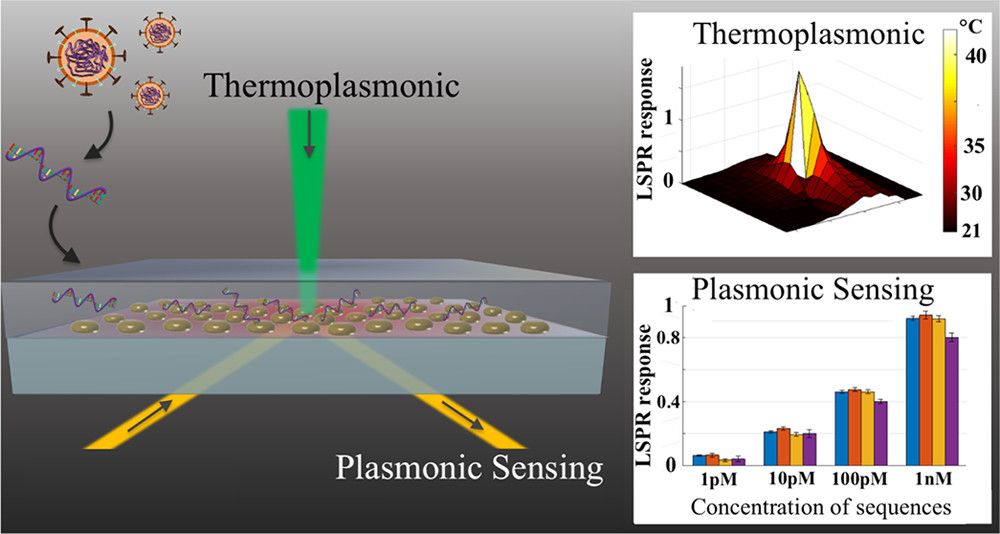How and when will this pandemic end? We asked a virologist: https://bit.ly/3afDiMy from World Economic Forum P.S., Many people predict that life will be permanently changed after COVID-19 pandemic. Some new things will become the norm, such as remote working, #telemedicine, the increase of #automation, online education, and so on (e.g., https://bit.ly/2z6qF9I). Our opinion is that “whether the above things become permanent depends on how the pandemic ends.” If the virus becomes seasonal, as predicted by the virologist in the interview, then our lives may gradually shift towards these new practices (i.e., working remotely, seeing doctor remotely, and learning online, etc.). However, if the virus disappears abruptly, just like the 1918 Spanish flu (https://bit.ly/3bdJKop), our lives may slowly go back to what we used to know before the COVID-19 crisis.
We spoke to Belgian virologist Guido Vanham, the former head of virology at the Institute for Tropical Medicine in Antwerp, Belgium, and asked him: how will this pandemic end? And on which factors might that depend?







